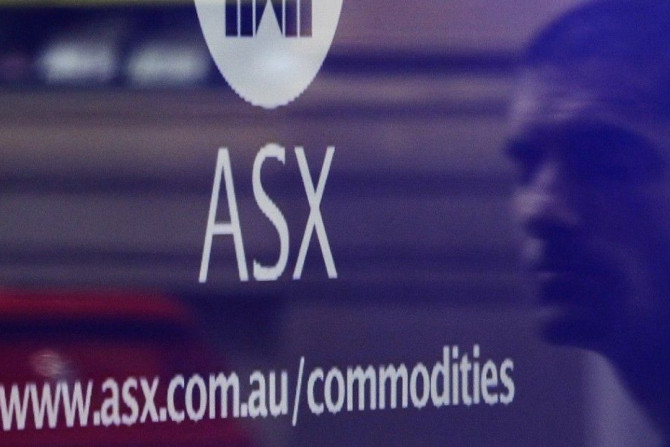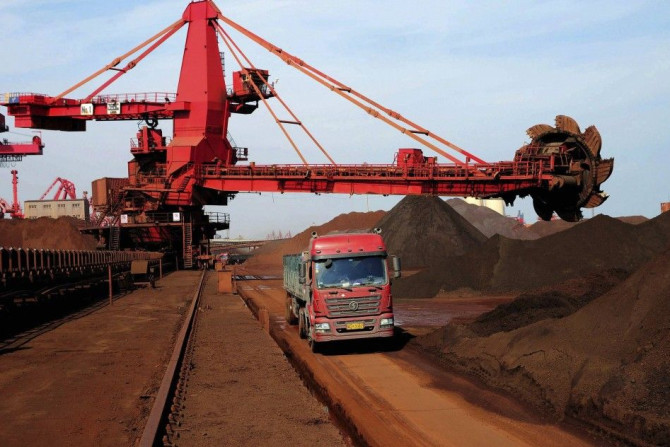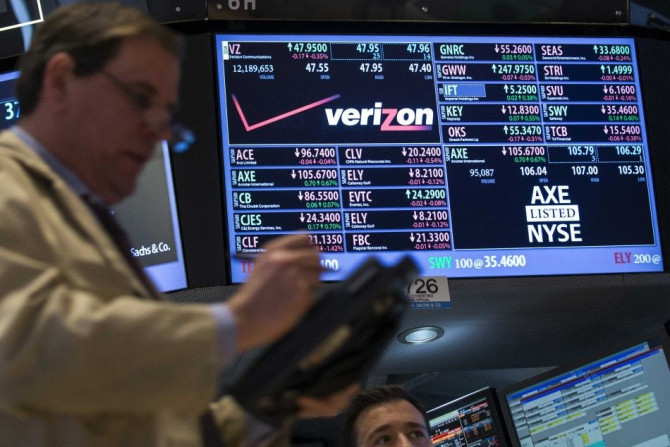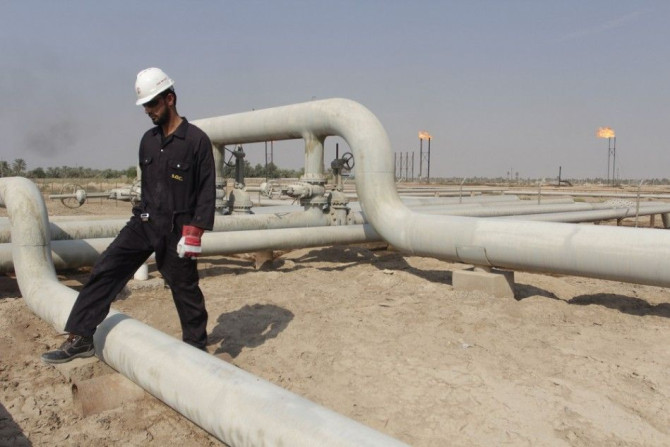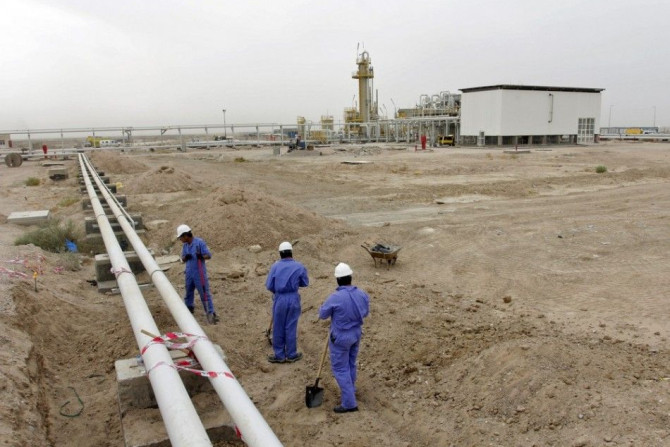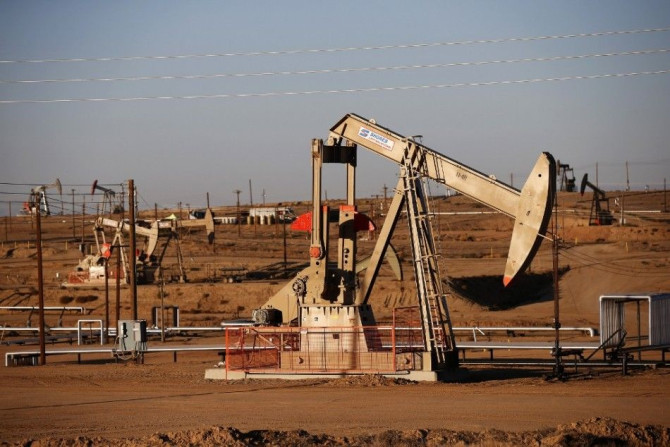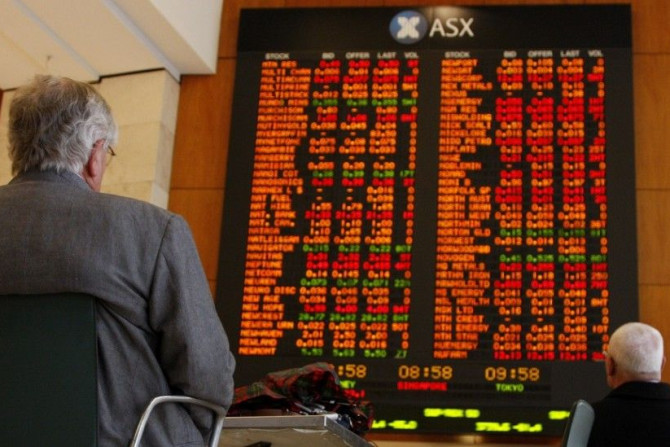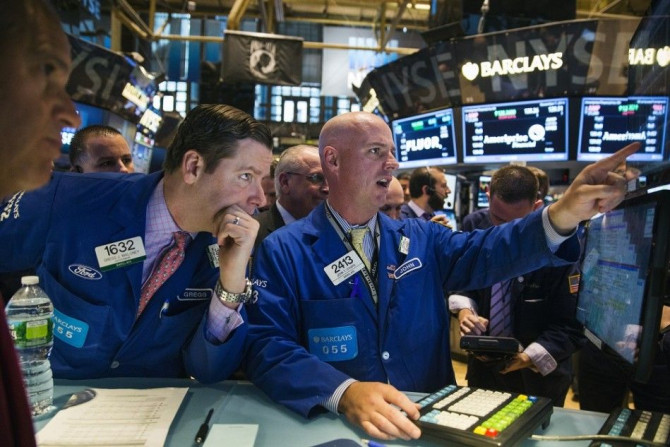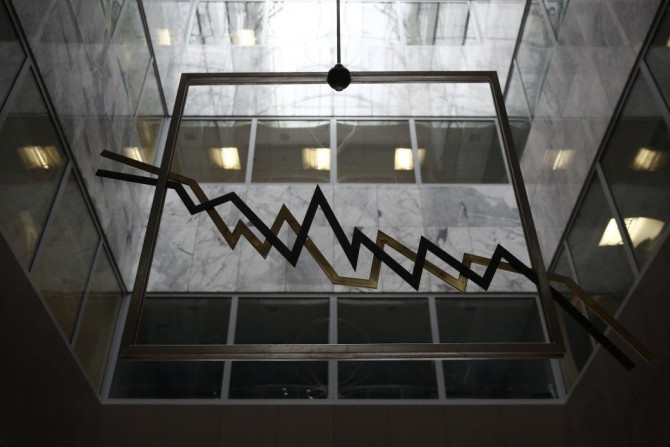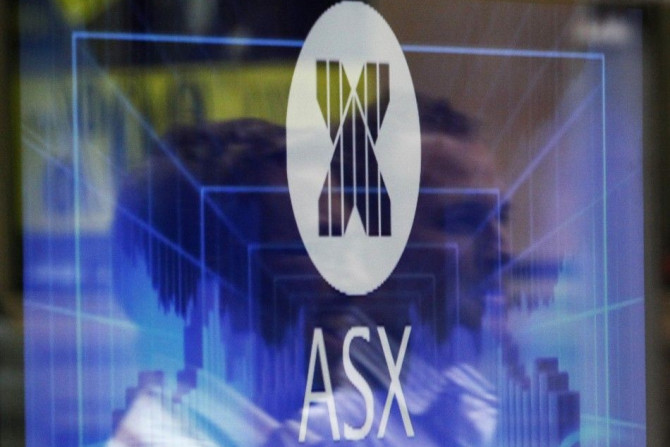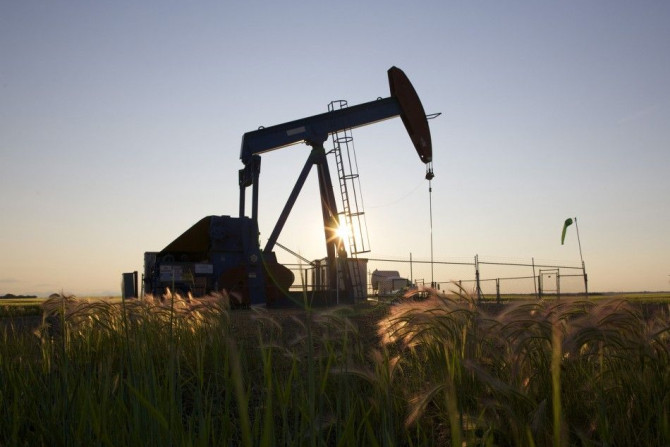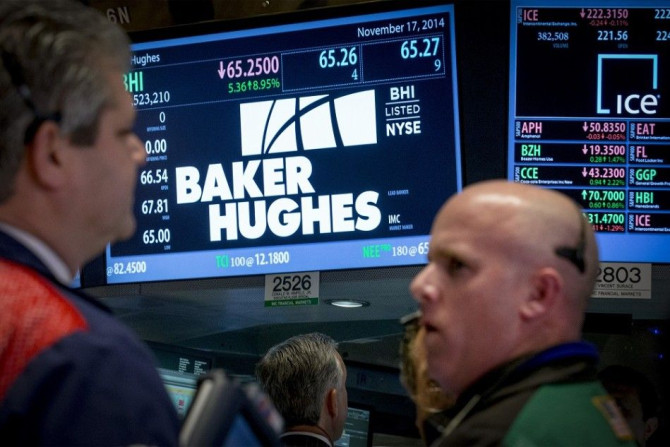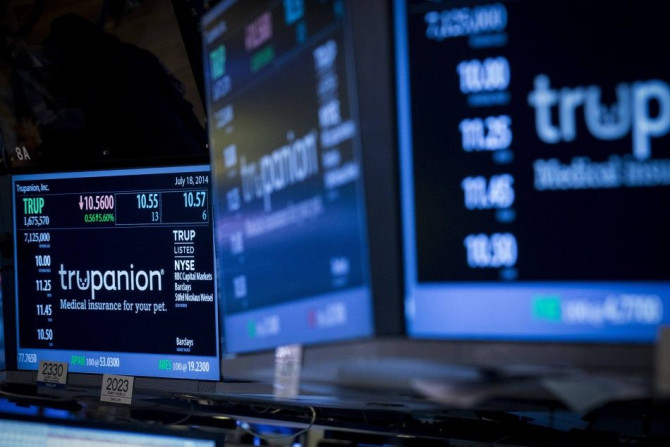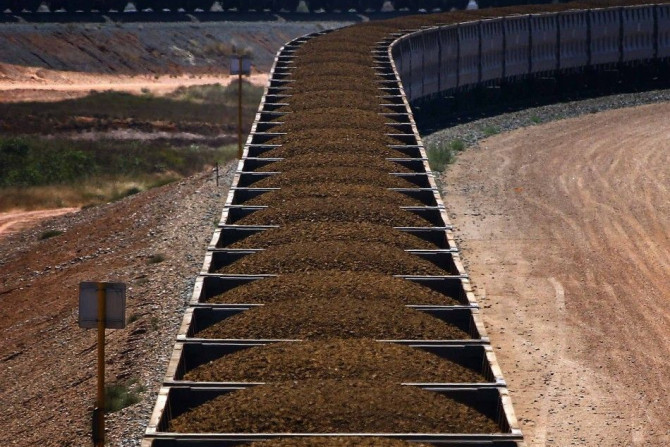2015 is gearing up to be the stress test of the Australian economy for the millennium.
Vittorio Hernandez Dec 03, 2014
Australian cities may be one of the top places to live or raise a family, but when it comes to being a vacation spot, only one Australia place was included in a bucket list made by Flight Center.
Vittorio Hernandez Dec 03, 2014
In US economic data, chain store sales fell by 0.6% in the latest week but the annual growth rate of sales rose from 4.2% to 4.8%. Construction spending rose 1.1% in October, ahead of expectations for a 0.6% gain. And the ISM New York index rose from 657.2 to 663.4 in November.
Vittorio Hernandez Dec 03, 2014
The economists were right again. As they predicted, the Reserve Bank of Australia (RBA) kept on Tuesday for the 16th straight month the overnight cash rate at the record low 2.5 percent.
Vittorio Hernandez Dec 02, 2014
Australian shares are being led higher by the mining and energy sectors with the ASX 200 Index rising by 0.7 per cent. Despite today's rise, the local market had its worst day since 10 October yesterday, hit a 1.5 month low in the process and slumped by 3.5 per over two sessions.
Vittorio Hernandez Dec 02, 2014
The focus turns to the RBA. Rates are expected to remain unchanged, but the statement is likely to be AUD dovish.
Vittorio Hernandez Dec 02, 2014
Tough time to be a commodities trader; overnight trade saw silver moved through a 15% range, gold moved through a 6% range, Brent crude near enough to 7% while copper moved through a 4% range. A look at the commodities boards suggested Christmas festivities had come early, as each moved from negative to positive and vice-versa.
Vittorio Hernandez Dec 02, 2014
In US economic data, the ISM manufacturing index eased from 59.0 to 58.7 in November, above forecasts for a result near 57.8.
Vittorio Hernandez Dec 02, 2014
Pope Francis prayed inside a Muslim mosque while in a visit to Turkey.
Dec 01, 2014
A new month and a new week has started the same way the last month ended, with sellers in control. The ASX started the session with a 5 point loss before trading to the low point of the morning where the index chalked up a deficit of almost 47 points. Over the course of the morning there was little evidence that buyers saw value at the newly discounted levels which had taking the market to the lowest levels in around 6 weeks.
Vittorio Hernandez Dec 01, 2014
The Australian Dollar has opened this week's trading below the 85 cent level as commodity currencies remain under pressure.
Vittorio Hernandez Dec 01, 2014
US investors came back to from Thanksgiving on Friday and gave oil a mauling on the back of OPEC nations' inaction on Thursday.
Vittorio Hernandez Dec 01, 2014
In European economic data, German retail sales rose by 1.9% in real terms in October, above forecasts for a 1.7% gain and compares with the 2.8% fall in September sales.
Vittorio Hernandez Dec 01, 2014
The weak tone seen in the first half of the session remained over the course of the afternoon. The ASX 200 was unable to recover from the session lows which was where the index spent most of the session. Over the course of the week the index gained 0.16%
Vittorio Hernandez Nov 28, 2014
Cooling measures put in place by some Asian government such as Hong Kong and Singapore had displaced demand for real estate in the region. Because of the significant impact of the measures on transaction volumes, market experts foresee some of those restrictions being lifted in the next 12 months, forecasts Liam Bailey, global head of residential research at Knight Frank, in the white paper of leading property portal Lamudi.
Vittorio Hernandez Nov 28, 2014
Australian shares are posting their biggest daily losses in a month and a half following a huge slide in oil prices overnight. The ASX 200 Index is down 1.3 per cent and is being led lower by an energy sector slumping by close to 7 per cent at lunch.
Vittorio Hernandez Nov 28, 2014
With US markets closed for Thanksgiving, investors focused on European trade and the OPEC meeting. Yields in Europe continued to decline as markets continue to price in the possibility of QE. ECB President Mario Draghi spoke again and reinforced that all assets are under consideration should additional measures be required. This kept bond yields calm and drove European equities higher. Just to put it into perspective, the German 10-year fell to just 0.7%, while Spain's dropped to 1.89%.
Vittorio Hernandez Nov 28, 2014
Ministers from the Organisation of Petroleum Exporting Countries (OPEC) have decided to leave production quotas unchanged, resulting in a 6% slump in world oil prices.
Vittorio Hernandez Nov 28, 2014
Australian shares finished slightly higher on Thursday, adding to yesterday's 1.1 per cent surge. The ASX 200 Index closed a touch above the 5400pt level. This makes it three days of gains this week and takes the improvements over the past four days to 1.8 per cent.
Vittorio Hernandez Nov 27, 2014
The Australian market is improving for the second day and is trading around its best level in more than a week. The ASX 200 is up 0.1 per cent and remains slightly above the key 5400pt level. This follows a 1.1 per cent surge posted on Wednesday.
Vittorio Hernandez Nov 27, 2014
In US economic data: personal spending +0.2%, income +0.2%; durable goods orders +0.4%; weekly jobless claims +21,000 to 313,000; Chicago purchasing manager's index down from 66.2 to 60.8; pending home sales down 1.1%; new home sales +0.7%; consumer sentiment down from 89.4 to 88.8; weekly mortgage market index down 4.3% with purchases down 5.8%.
Vittorio Hernandez Nov 27, 2014
Australian shares made up for yesterday's modest 0.5 per cent tumble in full with the ASX 200 surging at the close to end 1.1 firmer. It continues to be a volatile affair for local stocks this week with shares up 1.1 per cent on Monday prior to Tuesday's falls.
Vittorio Hernandez Nov 26, 2014
The market volatility that has been a recent staple for local shares continued on Wednesday. The ASX 200 opened with a gain of 4 points before rallying to an improvement of 56 points at the morning highs. Thereafter the index consolidated within sight of the best levels of the day. The early improvements locally came despite flat results for European and US indices in the last 12 hours. European shares rose on Tuesday but gains in bank stocks were offset by weakness in resources. The FTSEurofirs...
Vittorio Hernandez Nov 26, 2014
In US economic data the consumer confidence index fell from 94.1 to 88.7 in November, well short of forecasts centred on a reading near 96.0. The Case Shiller home price index rose by 0.3% in September to be up 4.9% over the year. The US economy grew at a 3.9% annual pace in the September quarter, up from the 3.3% consensus forecast.
Vittorio Hernandez Nov 26, 2014
The AUD lost over 1% in overnight trade as the commodity free fall began to bite into the risk currency
Vittorio Hernandez Nov 26, 2014
The Australian market is having its worst day in close to six weeks with mining and energy stocks wiping out most of Monday's gains. The ASX 200 Index is down 0.9 per cent and remains just above the key 5300pt level. Local shares surged by 1.1 per cent yesterday following the surprise interest rate cuts in China.
Vittorio Hernandez Nov 25, 2014
Further record prints for the US markets overnight as stimulus from three of the four largest central banks, coupled with solid state specific economy data, allowed investors to keep the long auto-pilot on.
Vittorio Hernandez Nov 25, 2014
In US economic data the national activity index eased from +0.29 to +0.14 in October. The Markit services "flash" index eased from 57.1 to 56.3 in November. And the Dallas Federal Reserve index was steady at +10.5 in November.
Vittorio Hernandez Nov 25, 2014
Australian shares have surged on Monday with the ASX 200 Index up 1.1 per cent and closing above 5350pts. A surprise rate cut by China's central bank on Friday has led the mining and energy producing companies higher. This follows five consecutive days of weakness from local shares; the worst week in Australia since June 2013.
Vittorio Hernandez Nov 24, 2014
Gina Rinehart is the richest person in Australia and would likely remain that way for a long time. One reason behind her wealth, aside from inheriting Hancock Prospecting established by her father, Lang Hancock, is her bucking business trends.
Vittorio Hernandez Nov 24, 2014


